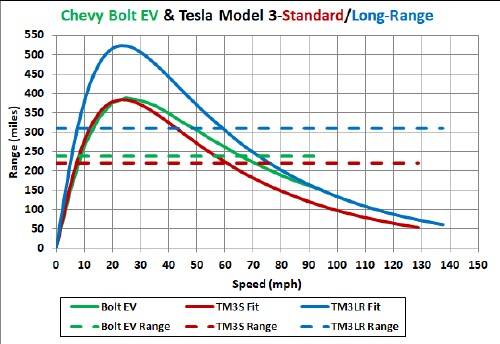I own a new 2019 P100D Raven that charges to 340 miles. I planned a 280 mile trip and returned with just 5 miles of charge left (1%)?!
1) When I left my house, I noticed I was charged only to 330 miles even though I maxed out battery charging capacity and turned of Sentry mode? (So I lost 10 miles of range before even leaving home).
2) I drove in 80 degree weather, partly in the rain, mostly on autopilot, at about 80 mph, but usually 70-75 with occasional stop and go traffic and 80% of the trip on the interstate highway.
3) Upon the return leg, my Tesla said I need to not drive above 70mph to make it home with enough charge. But after following that advice, it then told me I must drop down to 65mph. This was extremely frustrating as I had to be the slowest car in the right lane.
What went wrong here? Is 340 miles of range really mean 285 miles of range with real world driving conditions??
1) When I left my house, I noticed I was charged only to 330 miles even though I maxed out battery charging capacity and turned of Sentry mode? (So I lost 10 miles of range before even leaving home).
2) I drove in 80 degree weather, partly in the rain, mostly on autopilot, at about 80 mph, but usually 70-75 with occasional stop and go traffic and 80% of the trip on the interstate highway.
3) Upon the return leg, my Tesla said I need to not drive above 70mph to make it home with enough charge. But after following that advice, it then told me I must drop down to 65mph. This was extremely frustrating as I had to be the slowest car in the right lane.
What went wrong here? Is 340 miles of range really mean 285 miles of range with real world driving conditions??




